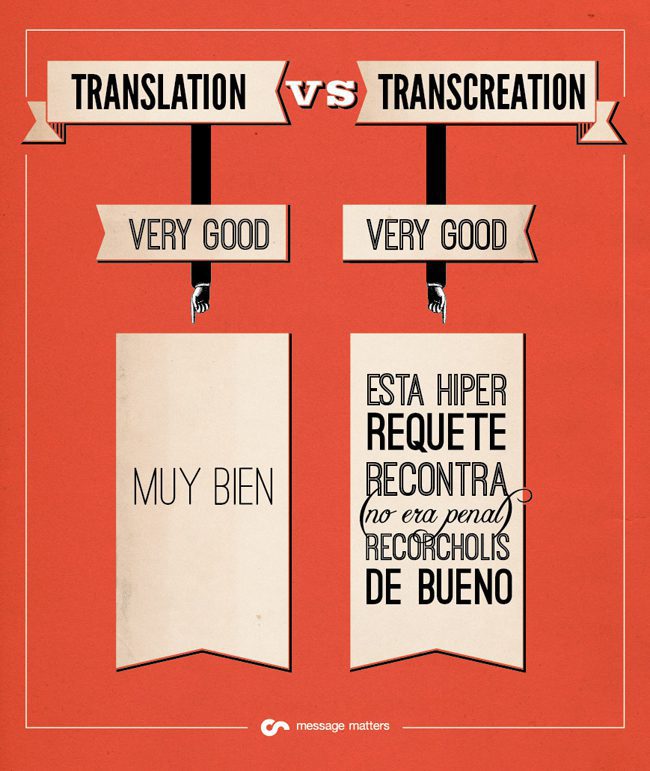
Businesses these days are no longer working just within their own national borders and dealing with just domestic consumers. These days businesses are all about becoming global and gaining as large of an international audience as they are capable of reaching out too. The term international reaches new levels each year and continues to advance into newer areas that may not have even thought would be related. With over 200 countries known to exist in the world today, the international market continues to grow and pose new dilemmas for business marketers to deal with. A major problem for many global marketers has been with languages.
With hundreds of languages and local dialects it can be a huge mess quick for international marketers to direct their products accurately and efficiently towards. Many companies have fought through many of the language issues by hiring translators to literally translate the words or slogans into a direct representation of the words. This has brought both positive and negative feedback for companies. In most case scenarios, international companies have fought through their early trial errors and dealt with them immediately. However, a new riddle has developed for marketers to learn to adapt and deal with. This is with the recently developed word known as Transcreation.

Transcreation is defined by marketers as: The process of adapting a message from one language to another, while maintaining its intent, style, tone and context. The main goal behind transcreation is to successfully transfer the same emotional appeal and cultural context of the original ad to a whole new culture. This indeed is a very difficult and time consuming task for marketers to successfully bring to an international marketing campaign. A job for a translator no longer is just rewording the same phrase into a new language, but to bring about the same important style and intention that was originally behind the meaning of the phrase.
Consumers must understand the same message in every part of the world in a similar fashion that relates to their cultural backgrounds. Thus, marketers must develop a deeper understanding and much broader view of each cultural background they reach out towards. This can include everything from cultural colors, high/low context cultural traits, design orientations, distinct traits, and specific interest desires for each country. What is acceptable in a Middle Eastern culture will definitely not be acceptable in an Eastern culture. As an international marketer you must now be even that much further ahead of the curve. Yesterday’s marketing techniques can’t be applied to today’s campaigns. A simple translation will no longer work in today’s international marketing world.
Original post of my previous blog here.

